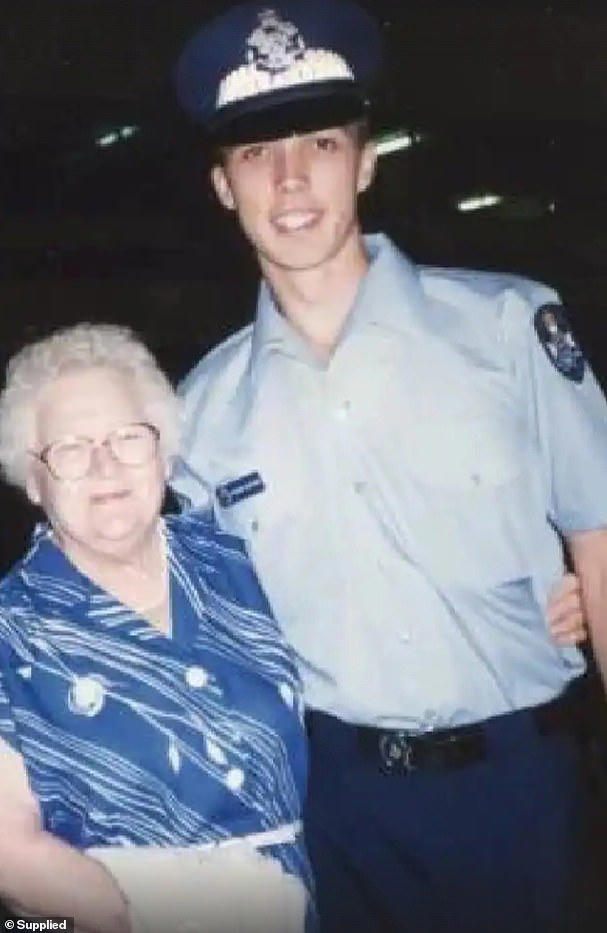Peter Dutton, the opposition leader, recently revealed that he “saved diligently” to buy his first home at the age of 19.
But is it possible for young people today to follow in his footsteps? Unfortunately, the answer is no.
The Numbers Don’t Lie
When Dutton bought his first home in 1990, a two-bedroom unit in Brisbane cost $93,000. With a $7,000 first homeowner grant, he would have needed to save just $3,230.
As a young trainee police officer, he was earning around $17,000 a year after tax, meaning he had to save just 19% of his income for the deposit.

Fast forward to 2025, and the same unit costs $674,000, requiring a deposit of $93,012, or $67,400 after government grants.
The Reality Check
Today, a trainee police officer would take home around $44,792 after tax, meaning they would have to save 150% of their annual income just for the deposit.
And that’s not even the biggest problem. The debt-to-income ratio is a major hurdle, with the bank only willing to lend five times the salary.
Investment analyst Rachel Cole broke down the numbers, stating that even if you managed to save the 10% deposit in two years, you still couldn’t buy the property because the debt-to-income ratio is too high.
A Different Economic Landscape
The economic landscape has changed dramatically since Dutton bought his first home. Brisbane house prices have soared 800% since 1990, making it almost impossible for young people to buy a home without relying on the “bank of mum and dad”.
MacroBusiness chief economist Leith van Onselen pointed out that home buyers today face far worse affordability challenges than Dutton faced in 1990, making his comments “rather hollow”.
Politicians Out of Touch
Cole criticized Dutton for not recognizing the different economic landscape, saying, “It does not matter how much avocado toast you give up because the bank’s not going to lend you 8.8 times your income anyway.”
It’s clear that politicians like Dutton, who purchased property when it was cheap and have profited from soaring values, are out of touch with the reality faced by young people today.
The Pros and Cons of Buying a Home Today
While buying a home can be a great investment, the current economic landscape makes it challenging for young people to achieve.
With soaring house prices, high debt-to-income ratios, and limited lending options, it’s essential to weigh the pros and cons before making a decision.
A More Nuanced Approach
Instead of relying on simplistic solutions, we need a more nuanced approach to address the housing affordability crisis.
This includes policies that address the root causes of the problem, such as increasing the supply of affordable housing, reducing inequality, and providing support for first-home buyers.
By working together, we can create a more equitable and sustainable housing market that benefits all Australians.

